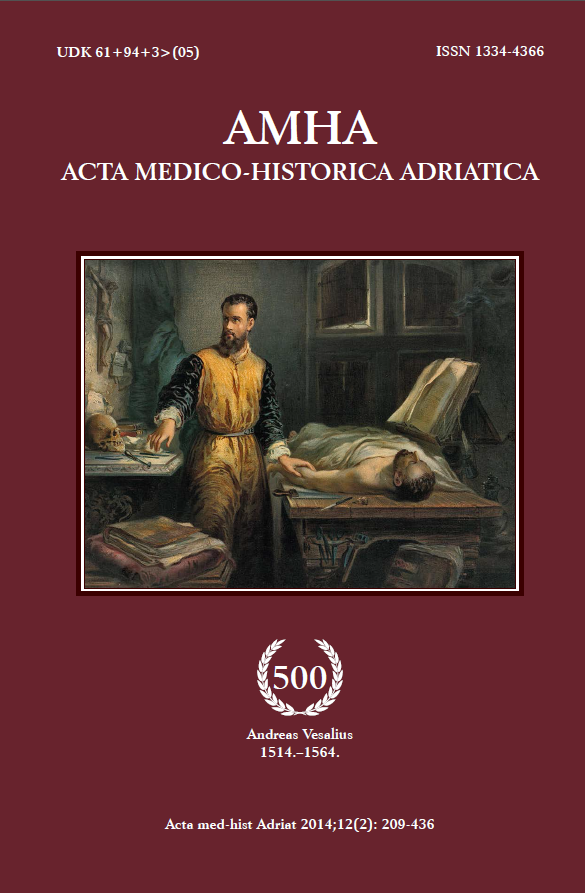LIVER ABSCESS IN ANCIENT GREEK AND GRECO-ROMAN TEXTS
Keywords:
History of medicine, Greek and Greco-Roman medicine, history of liver, liver abscessAbstract
Objective: This paper presents liver abscesses, as studied in the ancient Greek and Greco- Roman bibliography. Methods: Numerous references concerning this entity can be found in the writings of the Hippocratic doctors (5th cent. B.C.), Archigenes of Apamea (1st cent. A.D.), Galen (2nd cent. A.D.), Aretaeus of Cappadocia (2nd cent. A.D), Oribasius (4th cent. A.D.), Theophilus Protospatharius (7th cent. A.D.), and Paulus Nicaeensis (7th-10th cent. A.D.). Results: In most cases the clinical manifestations, the prognosis and the method of treatment are presented. In all ancient writings we studied, the rupture of a liver abscess is also part of the main theme. In specific, the path that the fluid would follow after a rupture was considered to be a main prognostic factor, i.e. if the fluid “coursed into the stomach”, the patient would definitely die. Conclusions: In this work, an attempt is also made to correlate the ancient descriptions to modern medical entities, such as amebic or pyogenic liver abscess.


